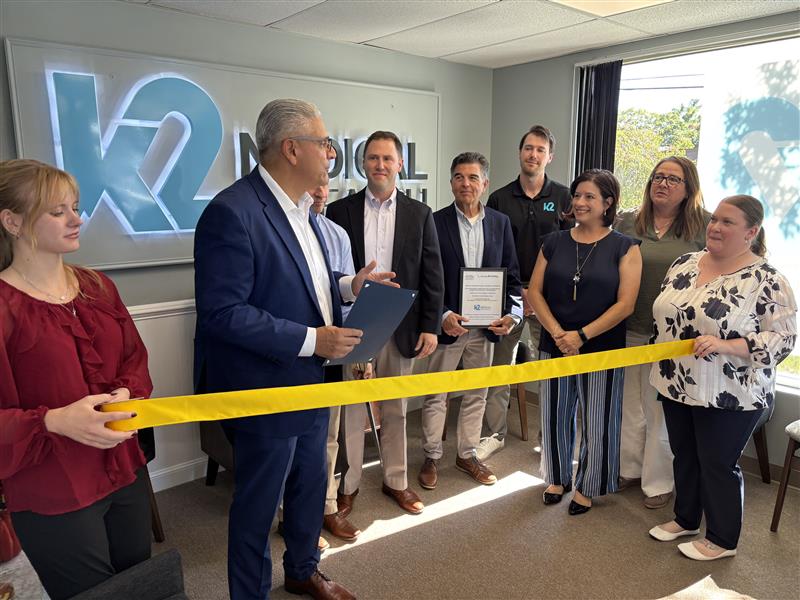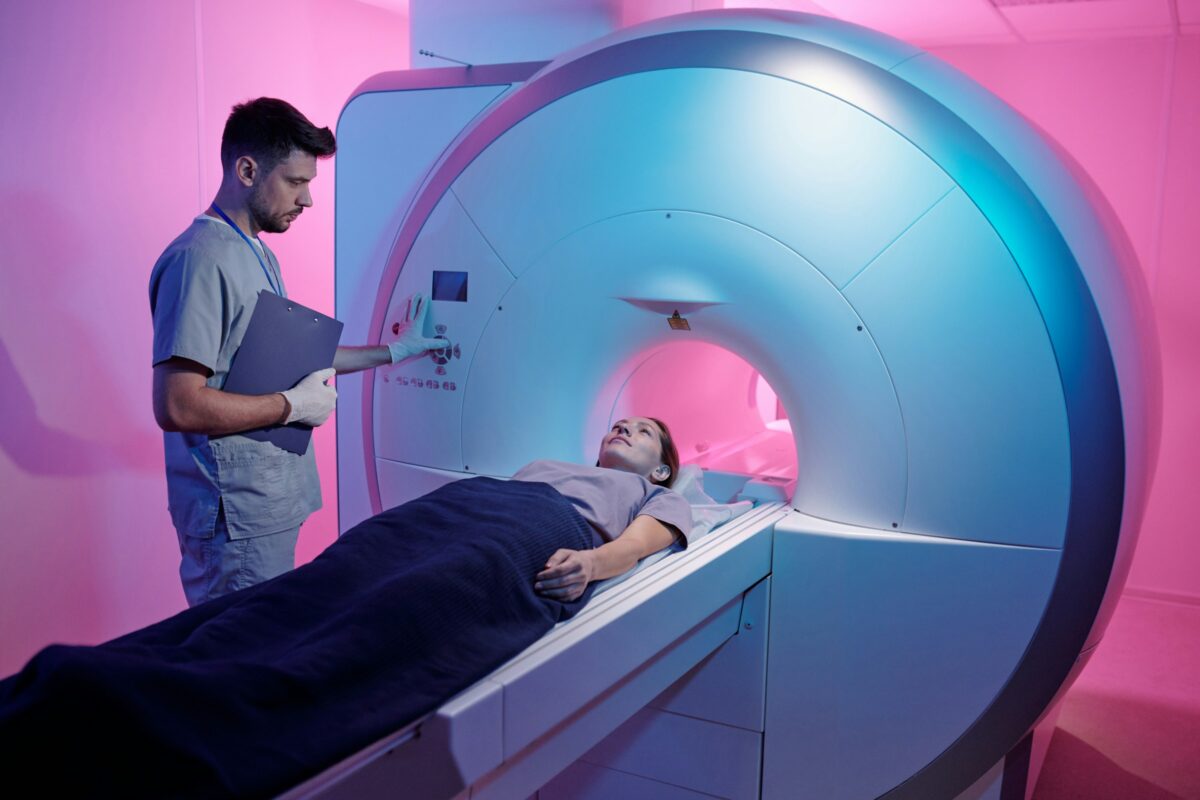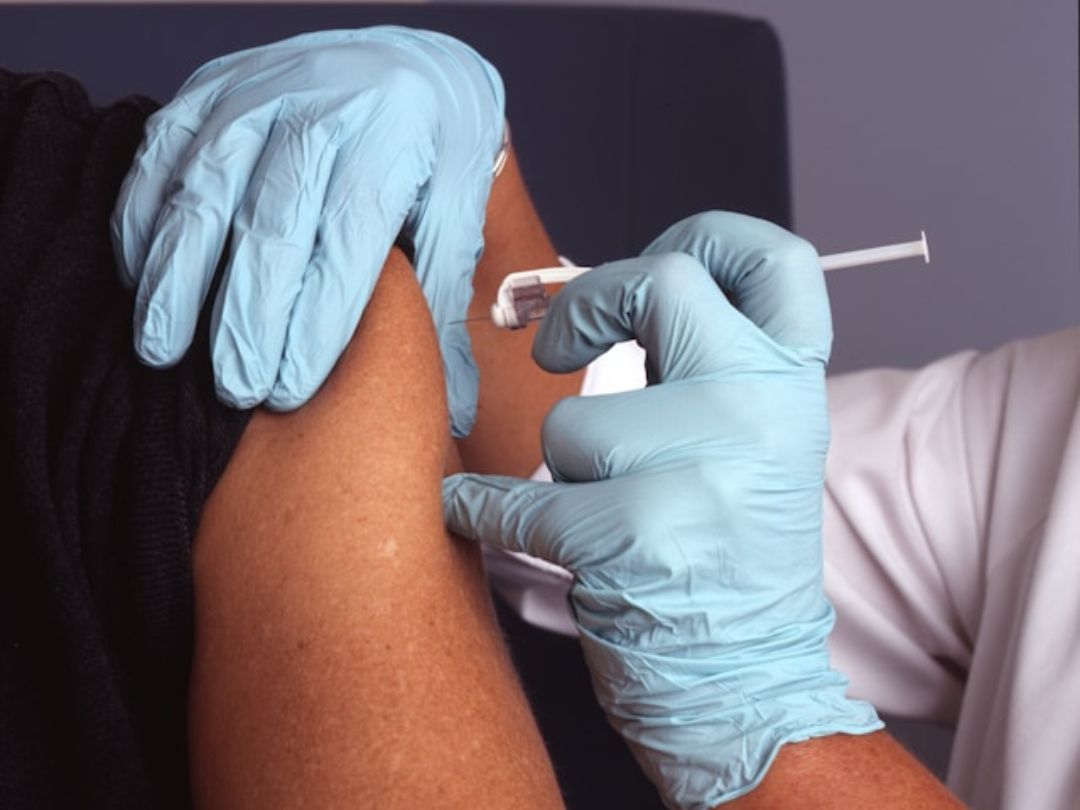A new generation of drugs for Alzheimer’s disease are designed to change how the brain works. They do this by latching onto problematic proteins that build up in our neurons. Anti-amyloid drugs, like Leqembi and Kisunla, stick to beta-amyloid protein plaques in particular, and help the brain get rid of them.
Meanwhile, drugs for Alzheimer’s that just treat its symptoms — like cholinesterase inhibitors — stick to brain proteins for a different reason: to help brain chemicals be more effective.
So, what if there was a way to clear bad proteins from the brain and help boost the impact of good ones… without drugs or invasive brain implants?
For decades, scientists have been studying non-invasive techniques to zap the brain. In the lab, scientists have probed the brain using powerful magnets, electricity, flickering lights, and sounds to understand whether they can rewire the brain and clear beta-amyloid plaques, treating the disease. But it’s been a bumpy road for these experimental brain-stimulating devices: In the 2010s, biotech company Neuronix Ltd. tested out an rTMS device called NeuroAD, but clinical trials failed and the device was rejected by the FDA in 2018.
Now, two companies are entering the final stages of clinical trials for their Alzheimer’s medical devices. If these trials are ultimately successful, doctors could combine them with other existing treatments to treat the symptoms and slow the course of Alzheimer’s disease.
Cognito Therapeutics’ Spectris AD
Cognito is testing an experimental headset that uses flashing lights and sounds tuned to a specific frequency — 40 Hz — to treat Alzheimer’s disease. The goal is to restore “gamma oscillations” in the brain; if neurons are synchronized swimmers, the gamma oscillations are a difficult dance move that is an integral part of their performance. In Alzheimer’s, the synchronized swimmers can’t do the dance required for memory and cognitive function as well as they used to. Spectris AD helps the synchronized swimmers of the brain regain their ability to do that dance routine.
In its 76-person Phase 2 trial of mild to moderate Alzheimer’s, the device appeared to slow functional decline and brain shrinkage over six months of use. The company is running a 600-person Phase 3 trial, with results expected by the end of 2025.
Sinaptica Therapeutics’ brain stimulation
Sinaptica is developing a treatment that involves zapping the brain with a powerful magnet, called repetitive transcranial magnetic stimulation (rTMS), to treat mild to moderate Alzheimer’s. The device targets the precuneus region of the brain, which activates a process called neuroplasticity, which allows brain cells to form new connections and strengthen existing ones.
So far, a Phase 2 trial of 50 participants appeared to slow brain shrinkage and improve brain function. The company is gearing up to start its Phase 3 trial later this year.













